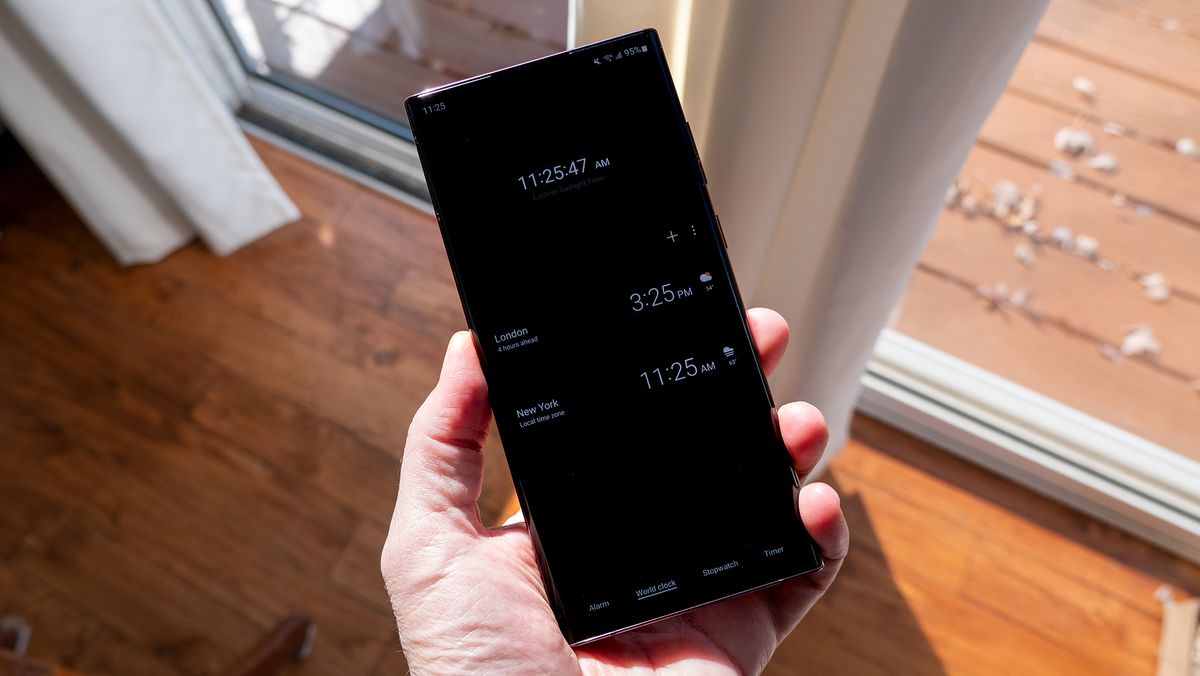
Understanding Daylight Savings Time
Daylight Savings Time (DST) involves adjusting clocks by one hour to maximize daylight during summer. Typically, DST starts on the second Sunday in March and ends on the first Sunday in November. Clocks move forward by one hour in spring ("spring forward") and back by one hour in fall ("fall back"). This practice impacts daily routines and devices reliant on accurate timekeeping.
How Android Phones Automatically Adjust for DST
Android phones simplify DST adjustments through automatic settings. Here's how:
Network Time Synchronization
Android devices use network time synchronization to maintain accurate clocks. As long as the phone connects to a cellular network or Wi-Fi, it updates time settings based on network-provided time and time zone.
Settings Configuration
Ensure your Android phone is set up to adjust for DST automatically:
-
Stock Android and Google Pixel Phones:
- Open the Settings app.
- Tap on System.
- Tap on Date & Time.
- Toggle on “Use network-provided time” and “Use network-provided time zone.”
-
Samsung Galaxy Phones:
- Open the Settings app.
- Scroll down and tap on General Management.
- Tap on Date and Time.
- Toggle on “Automatic date and time” and “Automatic time zone.”
Ensuring Your Phone is Set Up Correctly
Double-check settings to confirm your phone adjusts for DST:
Check Date & Time Settings
Open the Settings app and navigate to Date & Time. Ensure both “Automatic date and time” and “Automatic time zone” are enabled. This allows automatic updates based on network-provided time and time zone.
Verify Network Settings
Ensure your phone connects to a cellular network or Wi-Fi. Without an internet connection, the phone may not update time automatically. However, modern Android phones can still update clocks using built-in timezone modules within the operating system.
Software Updates
Keep your phone's software up to date. Outdated software might not support automatic DST adjustments. Check for updates in the Settings app under System or Software update.
Additional Tips
Automatic DST adjustments offer convenience, but consider these additional tips:
Alarm Settings
Alarms set on your phone will automatically update to the new time, ensuring you won't miss important events or appointments.
Other Devices
Non-internet-connected devices like clock radios and alarm clocks require manual adjustments each time DST begins or ends.
Travel and Time Zones
When traveling to different time zones, your phone will adjust to local time based on network-provided information. This feature is particularly useful when crossing regions or countries.
Power-Off Scenario
If your phone is turned off during the time change, it should correct to DST once powered on and reconnected to the cellular network. If any issues arise, follow up with your carrier.
Final Thoughts
Modern Android phones handle DST adjustments automatically, simplifying the process for users. By configuring settings correctly and keeping software updated, your device will seamlessly adjust for DST. Whether using a stock Android phone, Google Pixel, or Samsung Galaxy, following these steps ensures a smooth experience with DST adjustments. Smartphones have become integral to daily life, making tasks like adjusting for DST more manageable. Staying informed about device functionalities allows for a more streamlined experience with technology.
